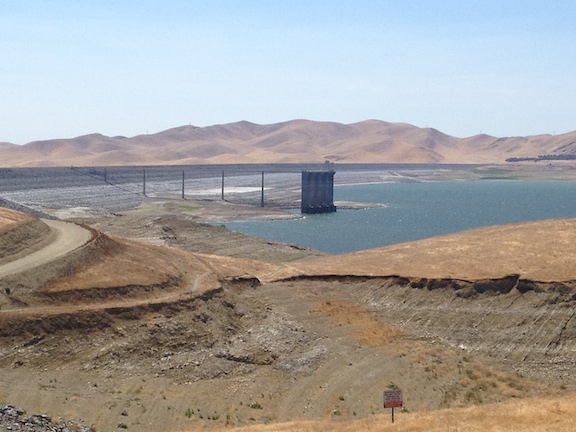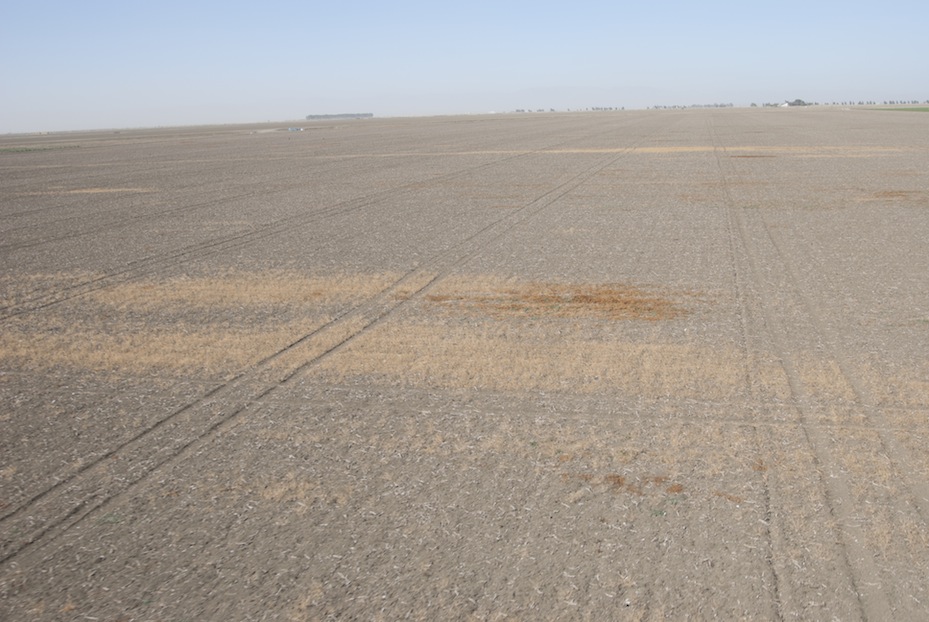UPDATED 5-29-15 Assembly Member Rudy Salas (D-Bakersfield) has introduced AB 1201, a legislative bill that would require the California Department of Fish and Wildlife to develop and initiate a science-based approach that helps address predation by non-native species on Delta species. According to analysis prepared by Assembly Water, Parks and Wildlife Committee staff, the bill would accomplish […]
SWRCB staff rejects urgent request for water
SWRCB staff rejects urgent request for water Despite concurrence among five State and federal agencies, a single State employee reversed a plan that would have delivered desperately needed water to most of drought-parched California. The decision is currently costing California water users about 2,000 acre-feet of water per day. A decision yesterday afternoon by State […]
On the Abandonment of Federal Drought Legislation
On the Abandonment of Federal Drought Legislation “California’s Central Valley has shouldered more than its share of the pain brought on by reduced water deliveries and the drought. For more than 20 years, misguided environmental policies have drained California of over 20 million acre-feet of water – water that was originally intended to grow food. […]
News Line – November 24, 2014
News Line – November 24, 2014 Read the latest news about issues affecting agriculture and farm water in California. No Coalition Responses Today Other News Water Bond OPINION: California opens door to new chapter in water policy From: J. Coleman & K. Tiegs, Sacramento Bee For California water managers, 2014 has been one for […]
News Line – November 21, 2014
News Line – November 21, 2014 Read the latest news about issues affecting agriculture and farm water in California. No Coalition Responses Today Other News Water Supply Feinstein shuts off California water talks until 2015 From: Michael Doyle, McClatchy DC Democratic Sen. Dianne Feinstein of California on Thursday pulled the plug on secret, high-stakes […]
News Line – November 20, 2014
News Line – November 20, 2014 Read the latest news about issues affecting agriculture and farm water in California. No Coalition Responses Today Other News Water Supply EDITORIAL: Why are U.S. lawmakers making California water deals in secret? From: Staff, Los Angeles Times California made extraordinary progress on water policy in this severe drought […]
News Line – November 19, 2014
No Coalition Responses Today Other News Water Supply Talks on drought bill underway on Capitol Hill From: M. Doyle & M. Grossi, Fresno Bee California’s water future is boiling below the surface this week.Only the chosen few have a clue about details. Bill documents, currently about 50 pages, are stamped “confidential draft language, do […]


